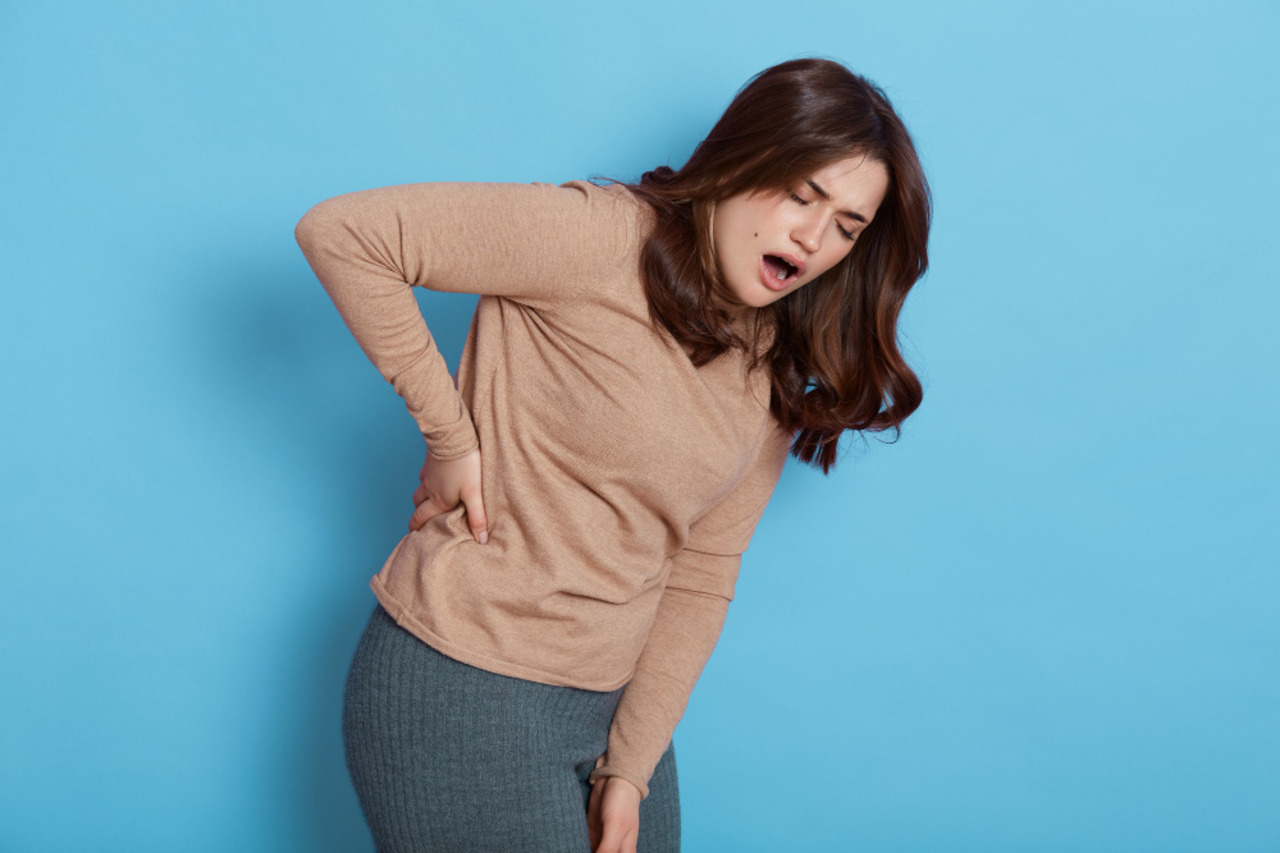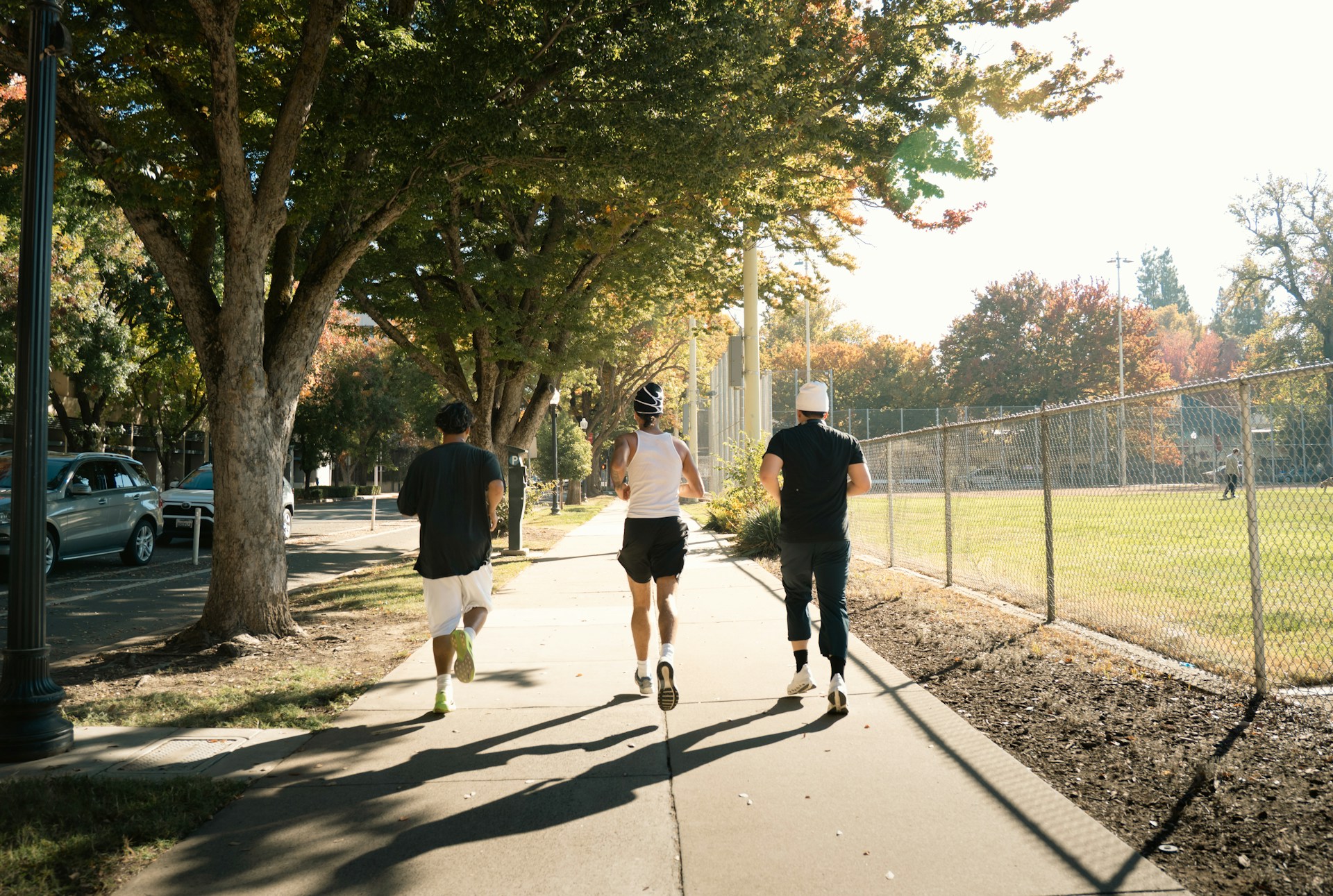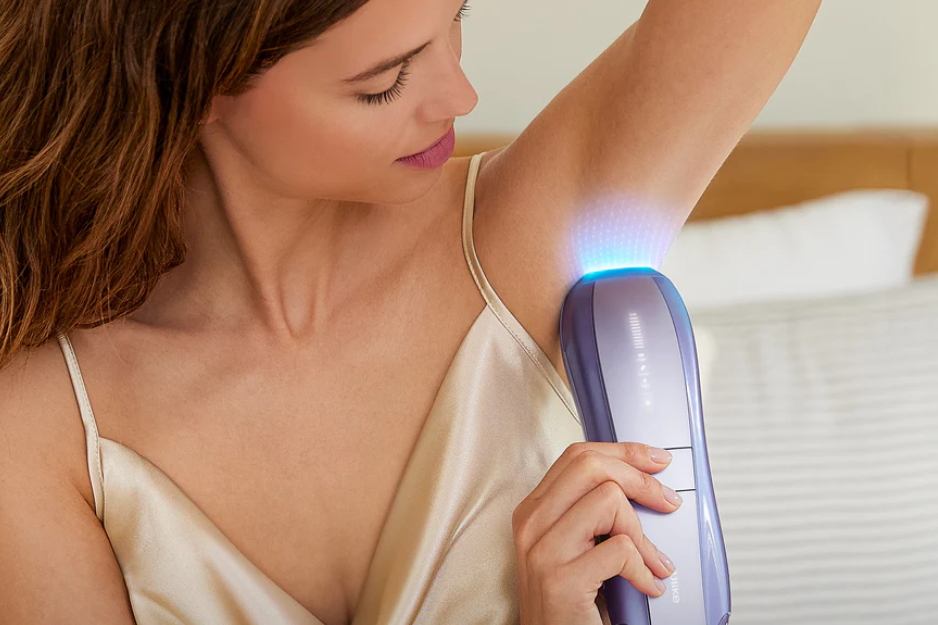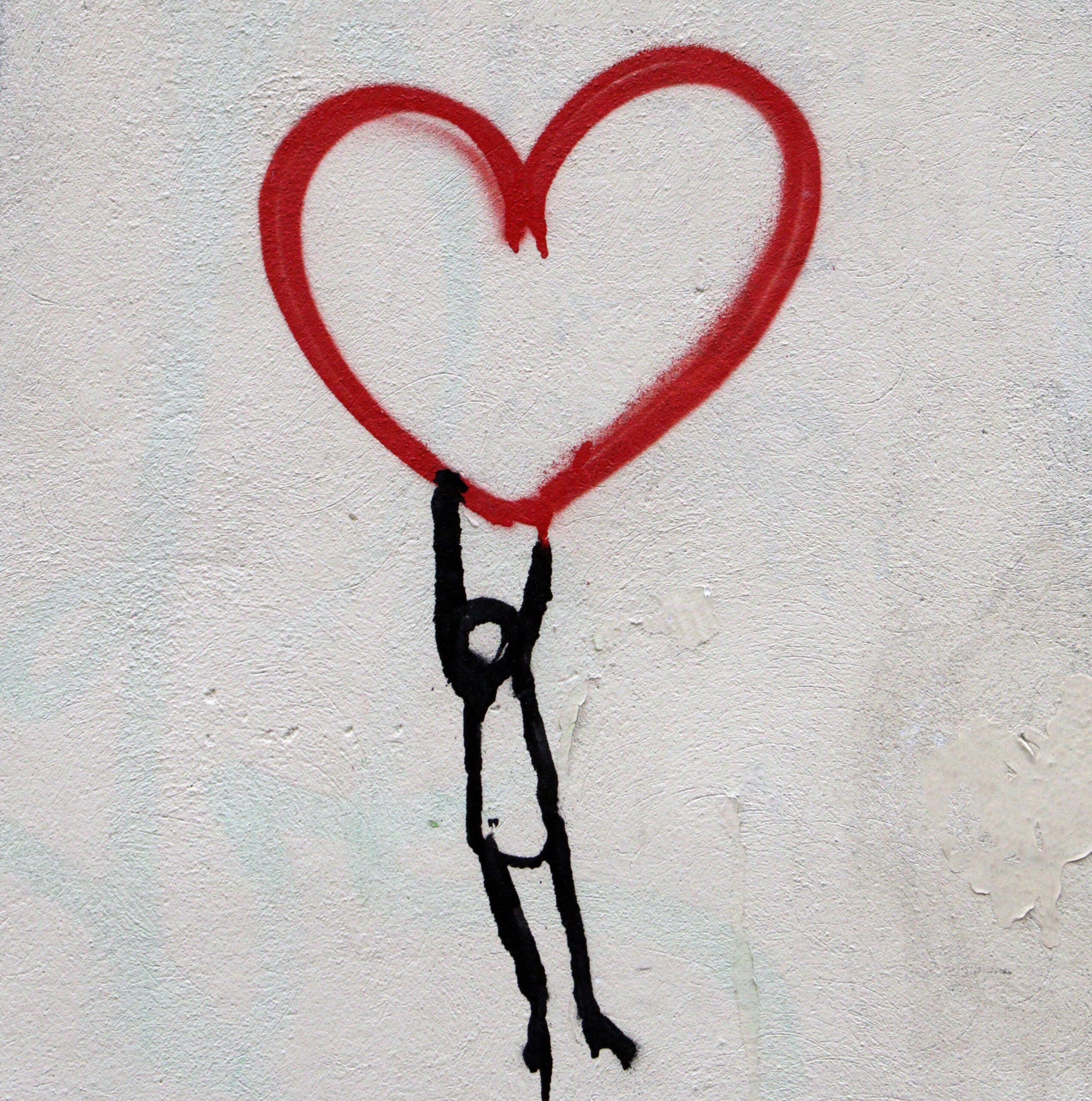When it comes to our bodies, our backs do a lot of the heavy lifting. Literally. We tend to overlook how much strain we put on that part of our body every single day— hunching over laptops, hauling groceries and laundry baskets up and down stairs—until, one day, our backs hit their breaking point. It isn’t pretty. It hurts like hell. And sometimes, it completely immobilizes us.
Back pain is the single leading cause of disability worldwide, according to the American Chiropractic Association. It’s responsible for 254 million days of missed work and $50 billion in annual healthcare costs in this country alone. So if you’re experiencing any kind of pain in your back, you’re in good company. Of course, the range of symptoms and causes vary widely, and proper diagnoses can only be made by a doctor, who will likely require you to have an MRI scan before drawing up a treatment plan. But knowing the most common issues and treatments associated with back pain will arm you with the right questions to ask when you seek professional help.
With that in mind, we gathered information from the Mayo Clinic, the American Academy of Orthopedic Surgeons (AAOS) and Harvard Health all about the top five back problems and the treatments required to get you back on your feet.
Herniated Disks
Each vertebrae in your spine is cushioned by a disk made up of a jelly-like nucleus with a flat outer layer. The disks are basically there to absorb shocks and protect your column of bones. With herniations (also called ruptured or bulging disks), the disk’s outer layer is ruptured so that the nucleus leaks into the spinal canal and leans on delicate nerves.
Causes: Most commonly, bulging disks occur in the lower back, though they can also occur in the neck. Herniated disks can be brought on by a sudden strain or injury—caused by heavy lifting at the gym or otherwise. But as the body ages and disks degenerate, even the slightest movements—like twisting or even sneezing—can trigger the condition.
Symptoms:
- Intense pain, particularly in the butt, thigh and calf. Depending on which nerves the nucleus is impacting, the pain is often described as “shooting” or like an “electric shock.”
- The pain isn’t relegated to your back—it can occur on one side of the leg and even the foot. If you have bulging disks in the neck, the pain is often concentrated in the shoulder or arm.
- Numbness and tingling
- egneral muscle weakness is also common.
Treatments: In order to pinpoint the area impacted, your doctor may need to perform an MRI or take X-rays of your spine. If the pain is excruciating and OTC pain relievers are inadequate, you may be prescribed a short course of narcotics, anticonvulsants (which help with nerve pain) or muscle relaxers. Oral steroids or cortisone injections administered directly into the impacted area can also help reduce inflammation and speed up recovery time. If you’re still experiencing pain after several weeks of treatment, the next step is physical therapy to retrain and reposition your body to avoid further agitating the condition. Surgical removal of a portion of the disk is a last resort, but there are also alternative healing methods like acupuncture, chiropractic, massage and yoga.
Muscle Strain
Muscles aren’t always as strong as we think they are. With overexertion, it’s possible to strain or tear your muscle fibers.
Symptoms:
- Tenderness surrounding the affected muscle area.
- Swelling, discoloration and weakness in the muscle.
- Cramping or muscle spasms.
- A popping sensation at the time of the injury. (That’s the muscle ripping in two).
Causes: Intense exercise or contact sports, heavy lifting.
Treatments: Depending on how severe the injury, your doctor will determine whether a diagnosis can be made with a physical examination or if an MRI scan is needed. If your injury is mild, the treatment usually involves some mix of resting the affected area, icing it to reduce the swelling, compressing it with bandages and elevation. If that’s the case, you could see improvement in a week or two and a full recovery by six weeks. If the condition is more severe (the pop sound can be a harbinger), you may need to heal in a cast for several weeks or even consider surgical treatments and physical therapy.
Spinal Osteoarthritis
One of the most common types of arthritis, the condition occurs with the erosion of bone cartilage, leaving your spinal column vulnerable to joint damage.
Symptoms:
- Spinal tenderness
- Stiffness
- Sometimes, a grating sensation in your back.
Causes: Aging is the most common cause, but there are other culprits like obesity, prior joint injuries, bone deformities and genetic predispositions.
Treatments: Proper diagnosis requires X-rays or MRIs, along with blood and joint fluid testing. OTC meds like Tylenol and Advil can reduce pain, while prescription meds like Cymbalta may help relieve chronic discomfort. In the long-term, physical therapy and a practice of Tai Chi or Yoga may help with pain. Severe cases can require everything from Cortisone injections to surgical joint replacement.
Adult Scoliosis
Scoliosis is when the spine curves sideways, impacting overall posture and potentially other internal organs and mechanisms.
Symptoms:
- Lower back pain and weakness
- Shooting pain down the leg (when the nerves are impacted)
- Uneven shoulders or hips
- Difficulty standing straight.
Causes: While the diagnosis is commonly associated with young people who are still physically developing, the adult version is a degenerative condition linked to aging.
Treatments: Stretching, swimming and posture improvements can stall progression and help with mild cases. Cortisone injections can reduce inflammation of the impacted area, though if pain persists surgery might be an option.
Osteoporosis
The condition causes bones to become brittle and easy to break.
Symptoms:
- Sharp back pain due to fractured vertebrae
- Hunching or stooping
- Loss of height.
Causes: Aging is a major culprit. Bone mass loss is common with age, particularly for postmenopausal women. Other conditions like an overactive thyroid, long-term steroid use, celiac disease, certain cancers, IBS and even eating disorders can trigger early onset symptoms of the condition.
Treatments: Doctors will perform X-rays to confirm a diagnosis and then provide a bone density test in order to gauge your risk factors for breakage. Prescriptions drugs like Fosimax, Boniva and other bisphosphonates can protect against increased bone loss, while hormone treatments can help maintain bone density. Recent studies have linked soy-based foods to estrogen production, a hormone which can help protect bone mass from deteriorating.
For more on back pains and treatments, head over to the Mayo Clinic’s page for an overview. Better yet, make a doctor’s appointment ASAP and tackle the issue head-on. Back pain is no joke, and the faster you figure out what’s causing it, the faster you can treat it.










